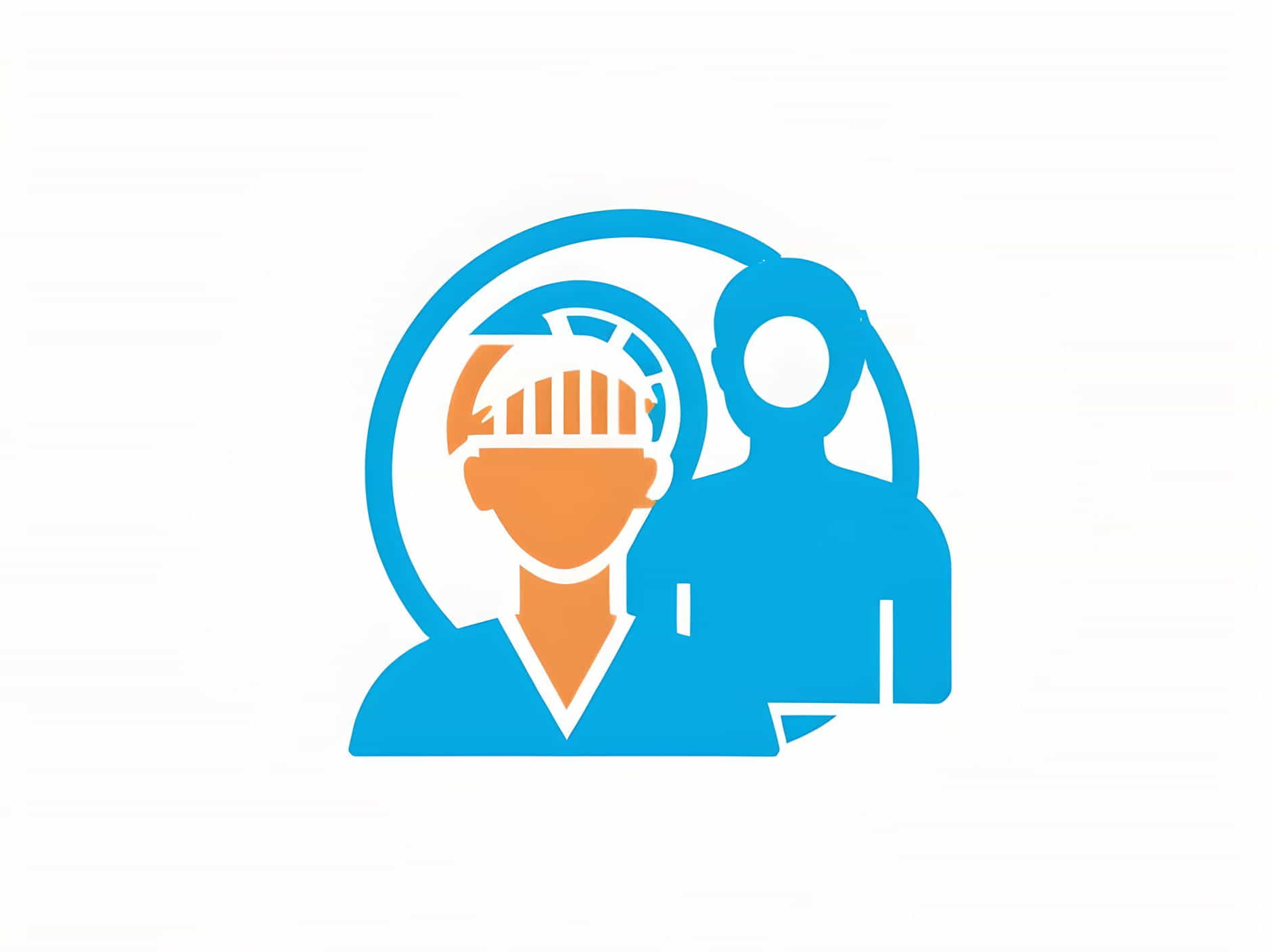
Prevention and Combating of Trafficking in Persons Act: Understanding Its Impact and Implementation
Trafficking in persons remains a significant global issue, characterized by the exploitation and coercion of vulnerable individuals for various forms of labor or exploitation. To combat this pervasive crime, many countries have enacted legislation specifically targeting trafficking in persons. This article explores the Prevention and Combating of Trafficking in Persons Act, its objectives, key provisions, and the impact of such legislation on addressing human trafficking.
Understanding Human Trafficking
Human trafficking involves the recruitment, transportation, transfer, harboring, or receipt of persons through force, coercion, fraud, or deception, for the purpose of exploitation. This exploitation can take various forms, including forced labor, sexual exploitation, slavery, servitude, or the removal of organs. It is a violation of human rights and poses significant challenges to global security and stability.
The Role of Legislation: Prevention and Combating of Trafficking in Persons Act
The Prevention and Combating of Trafficking in Persons Act is a legislative framework aimed at preventing human trafficking, protecting victims, and prosecuting traffickers. This type of legislation is crucial for providing a legal foundation to combat trafficking effectively. Key components typically included in such acts are:
1. Definition and Offenses
The act defines what constitutes trafficking in persons and outlines specific offenses related to trafficking. This includes provisions that criminalize recruiting, transporting, or harboring individuals for the purpose of exploitation. The definitions are broad to encompass various forms of trafficking and ensure comprehensive coverage under the law.
2. Protection of Victims
One of the critical aspects of the act is the protection of victims of trafficking. It often includes provisions for victim support services, such as shelters, medical and psychological care, legal assistance, and safe repatriation or resettlement. These measures are essential for ensuring that victims are treated with dignity and receive the necessary support to recover from their ordeal.
3. Prosecution and Punishment
The act establishes penalties for traffickers and those involved in trafficking activities. This may include imprisonment, fines, asset confiscation, and other sanctions designed to deter trafficking and hold perpetrators accountable. Prosecution is essential for disrupting trafficking networks and ensuring justice for victims.
4. Preventive Measures
Preventive measures are another crucial component of the act. These may include public awareness campaigns, training for law enforcement and frontline workers, international cooperation agreements, and measures to address the root causes of trafficking, such as poverty, inequality, and lack of education.
5. International Cooperation
Given the transnational nature of trafficking, international cooperation is vital. The act may include provisions for extradition, mutual legal assistance, and cooperation with other countries to investigate and prosecute trafficking cases. International collaboration enhances the effectiveness of efforts to combat trafficking and ensure that traffickers cannot evade justice by crossing borders.
Implementation and Impact
The effectiveness of the Prevention and Combating of Trafficking in Persons Act depends on its implementation and enforcement. Successful implementation requires:
-
Capacity Building: Training for law enforcement, prosecutors, judges, and social workers to identify trafficking cases, provide victim support, and prosecute offenders effectively.
-
Coordination: Collaboration between government agencies, NGOs, international organizations, and civil society to ensure a coordinated response to trafficking.
-
Monitoring and Evaluation: Regular monitoring and evaluation of the act’s impact to identify strengths, weaknesses, and areas for improvement. This feedback loop helps refine policies and practices to enhance effectiveness.
Case Studies and Success Stories
Numerous countries have implemented robust trafficking in persons acts with varying degrees of success. For example, the United States Trafficking Victims Protection Act (TVPA) has been instrumental in prosecuting traffickers, protecting victims, and preventing trafficking through comprehensive measures and international partnerships. Countries in Europe, such as Sweden and the Netherlands, have also implemented effective legislation and practices to combat trafficking and support victims.
The Prevention and Combating of Trafficking in Persons Act plays a crucial role in addressing the complex issue of human trafficking. By defining offenses, protecting victims, prosecuting traffickers, implementing preventive measures, and promoting international cooperation, these acts provide a comprehensive framework for combating trafficking in persons. Effective implementation, enforcement, and international collaboration are essential for maximizing the impact of such legislation and ensuring justice for victims of trafficking worldwide. Through continuous efforts and collective action, we can work towards eradicating this heinous crime and protecting the rights and dignity of all individuals vulnerable to trafficking.